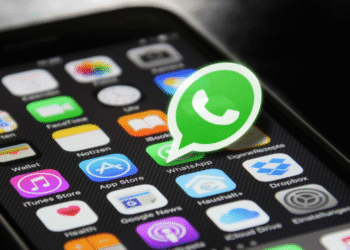Are you unknowingly paying more for your transactions? Let’s find out!
In a whirlwind of confusion, the National Payments Corporation of India (NPCI) recently levied a 1.1% charge on UPI transactions, only to later clarify that the charge would be a merchant fee on prepaid payment instruments. How will this affect you and the way you transact? Let’s dive in!
UPI Charges: Friend or Foe?
The NPCI introduced a 1.1% interchange fee for select UPI transactions conducted through prepaid instruments like wallets, specifically for merchant payments exceeding Rs 2,000. This fee is applicable to certain merchant categories beginning April 1, 2023. Nevertheless, transactions up to Rs 2,000 continue to be exempt from charges.
When it comes to transferring money to friends, family, or small business merchants, there’s no need to worry. NPCI confirms that the interchange fee will not be imposed on peer-to-peer (P2P) transactions or transactions between a bank and a prepaid wallet involving peer-to-peer-merchant (P2PM) transfers.
Targeted Transactions: Who’s in the Crosshairs?
NPCI’s new imposition targets merchant transactions made via prepaid payment instruments, such as wallets, smart cards, vouchers, and magnetized chips. Examples include the Paytm wallet, PhonePe wallet, Amazon Pay, MobiKwik wallet, and SODEXO vouchers.
Interchange fees are transaction fees that merchants must pay when customers process a transaction. Essentially, the interchange fee is akin to the merchant discount rate applicable to credit cards. Importantly, users do not have to pay any interchange fee.
Based on merchant category codes, the interchange fee will range from 0.5% to 1.1%. A 0.5% fee applies to categories such as fuel, education, agriculture, and utility payments, while a 1.1% fee applies to convenience stores and specialty retail outlets.
The Wallet Dilemma: Will You Pay More?
As merchants pay interchange fees to wallets or card issuers, small shopkeepers remain unaffected. Medium-sized shopkeepers will only bear the cost on transactions above Rs 2,000. However, high-value transactions will be impacted, and it will ultimately depend on the merchant’s decision to absorb or pass the higher cost to customers.
UPI’s Growing Pains
The introduction of an MDR for UPI reflects the maturation of the digital ecosystem in India. While this may cause friction at the merchant’s end, limiting UPI usage, it will also encourage greater participation from the banking sector in providing UPI services due to the sustainable revenue model.
Whether or not you’ll have to pay more ultimately depends on the merchants you frequent and the transaction values. So, stay informed, and keep a close eye on your wallet!







